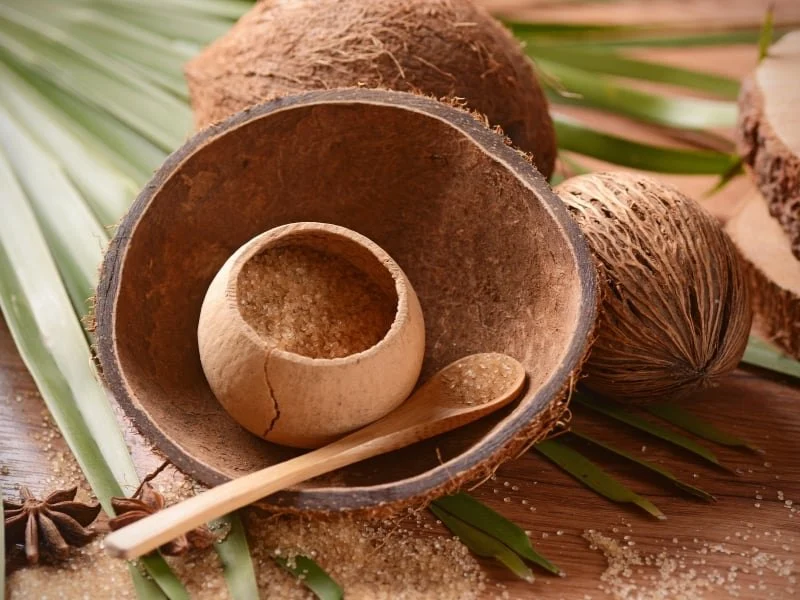
- 1-coconut-sugar-overview
- 2-palm-sugar-characteristics
- 3-how-the-two-ingredients-affect-thai-dishes
- 4-when-to-choose-coconut-sugar
- 5-when-to-choose-palm-sugar
- 6-real-life-cooking-examples
1. Coconut Sugar Overview
Many Thai dishes rely on a delicate balance of sweet, salty, sour, and spicy flavors, and coconut sugar plays a major role in achieving that harmony. Made from the sap of coconut palm flower buds, coconut sugar has a warm, caramel-like taste and a mellow sweetness. It melts easily, blends smoothly into sauces, and offers a subtle depth that enhances curries, dipping sauces, and noodle dishes without overpowering other ingredients.
Because of its lower glycemic index and “cleaner” manufacturing process, coconut sugar has also gained popularity among home cooks looking for a more natural sweetener. In American kitchens, it’s often used as an accessible stand-in for traditional Thai sugars, especially when making dishes like pad Thai, massaman curry, or Thai iced tea.
2. Palm Sugar Characteristics
Palm sugar, traditionally used throughout Thailand, is crafted from the sap of various palm trees, including the sugar palm and date palm. Its flavor is typically richer and more buttery than coconut sugar, with hints of smokiness depending on how it was cooked down. This richness gives certain Thai dishes their signature rounded sweetness that many describe as “earthy,” “toasty,” or even “a little savory.”
Another distinguishing feature is texture. Palm sugar often comes in solid discs or thick paste, requiring warm water or gentle heat to dissolve. Though less convenient than granulated alternatives, its authenticity is unmatched. In dishes like som tam (papaya salad) or tom kha gai (coconut soup), palm sugar introduces an unmistakable Thai flavor profile that can be hard to replicate with substitutes.
3. How the Two Ingredients Affect Thai Dishes
Swapping between coconut sugar and palm sugar isn’t always a one-to-one choice. Each sweetener shifts the balance of flavors in its own way. Coconut sugar tends to taste lighter and more caramel-like, which works beautifully in sauces that need to stay bright and lively, such as dipping sauces or light stir-fries. Meanwhile, palm sugar enriches dishes with its deeper complexity, making it ideal for curries, soups, and dressings that rely on depth and roundness.
Professional Thai chefs often point out that the choice of sugar can subtly change the “soul” of a dish. While adventurous home cooks in the United States frequently experiment with coconut sugar for convenience, some traditionalists maintain that palm sugar is essential for achieving true Thai character. Finding the right balance depends on your personal taste and the type of dish you’re preparing.
4. When to Choose Coconut Sugar
Coconut sugar is especially helpful when you want a quick-dissolving, easy-to-use sweetener. Its flavor remains distinct but gentle, allowing dishes to feel lighter and less dense. If you're preparing Thai food for guests who prefer a cleaner, slightly less sweet palate, coconut sugar often does the trick.
This choice is also practical for everyday American cooking. Since coconut sugar is widely available in grocery stores, many home chefs rely on it for weeknight meals. It works particularly well in sauces like pad Thai or pad see ew, where sugar needs to blend effortlessly with tamarind, fish sauce, and soy sauce.
5. When to Choose Palm Sugar
When authenticity is the priority, palm sugar is the clear winner. Its complexity deepens the flavor of Thai classics, making every bite feel more “restaurant quality.” If you're preparing traditional dishes for a special dinner or recreating flavors from a favorite Thai restaurant, palm sugar can bring your recipe closer to what Thai chefs intend.
Because palm sugar dissolves slowly and has a firmer texture, it’s great for dishes that simmer longer. Curries, soups, and braises benefit from palm sugar’s slow release of flavor. Many chefs also enjoy how palm sugar caramelizes, making it perfect for sauces that need a rich, glossy finish.
6. Real-Life Cooking Examples
A popular story that circulated on food blogs last year involved a home chef who attempted to recreate a famous Bangkok-style pad Thai using only pantry staples. After multiple attempts, she discovered that while coconut sugar made a delicious version, the moment she switched to palm sugar, the dish transformed — suddenly tasting more balanced, with deeper sweetness and better acidity from the tamarind. Her viral post sparked a wave of American cooks experimenting with both sugars to compare flavor outcomes.
Another example comes from a Los Angeles cooking class where participants made tom kha gai side-by-side with coconut sugar and palm sugar. The group overwhelmingly preferred the palm sugar version, describing it as “smoother,” “more authentic,” and “restaurant-worthy,” even though both soups were prepared exactly the same way aside from the sweetener.
If you’re curious to try both ingredients and see how they affect your cooking, visiting Thai Food can help you find the best sources for high-quality coconut sugar, palm sugar, and other authentic Thai ingredients. Exploring these traditional sweeteners — and testing them in your own kitchen — is one of the most enjoyable ways to understand Thai cuisine at a deeper level.

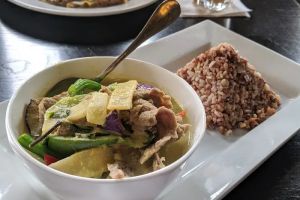







 Thai Spice Restaurant4.0 (354 reviews)
Thai Spice Restaurant4.0 (354 reviews) Khamdee Thai kitchen4.0 (171 reviews)
Khamdee Thai kitchen4.0 (171 reviews) Twist On Thai Cafe4.0 (256 reviews)
Twist On Thai Cafe4.0 (256 reviews)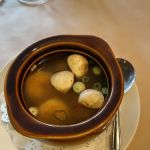 House of Thai Cuisine With New Management Team4.0 (316 reviews)
House of Thai Cuisine With New Management Team4.0 (316 reviews)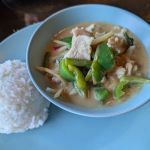 Thai Chef and Noodle Fusion4.0 (867 reviews)
Thai Chef and Noodle Fusion4.0 (867 reviews) Jeera Thai Westport3.0 (144 reviews)
Jeera Thai Westport3.0 (144 reviews) The Difference Between Thai Street Food & Restaurant Thai in America
The Difference Between Thai Street Food & Restaurant Thai in America The Best Thai Food Recipes for Hosting a Dinner Party
The Best Thai Food Recipes for Hosting a Dinner Party Thai Coconut Cream: How to Choose & Use It in Thai Cooking
Thai Coconut Cream: How to Choose & Use It in Thai Cooking The Best Thai Food Recipes for Hosting Friends Without Stress
The Best Thai Food Recipes for Hosting Friends Without Stress Thai Food for Empty Nesters: Thai New Recipes After the Kids Left Home
Thai Food for Empty Nesters: Thai New Recipes After the Kids Left Home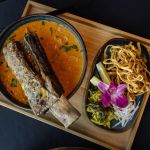 Discover the Best Thai Food Restaurants in Kansas City for Hidden Gems
Discover the Best Thai Food Restaurants in Kansas City for Hidden Gems